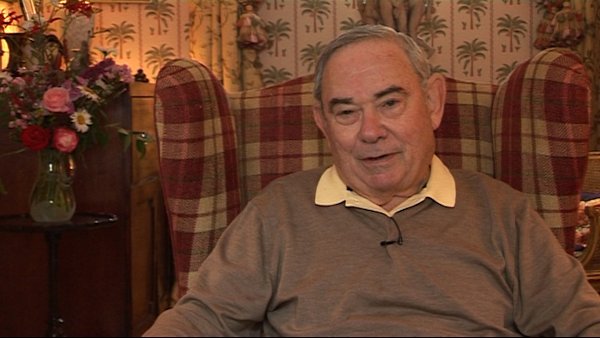NEXT STORY

Receiving no credit for identifying Mycoplasma pneumoniae
RELATED STORIES

NEXT STORY

Receiving no credit for identifying Mycoplasma pneumoniae
RELATED STORIES


|
Views | Duration | |
|---|---|---|---|
| 71. What motivates scientists | 111 | 02:35 | |
| 72. Receiving no credit for identifying Mycoplasma... | 68 | 00:53 | |
| 73. Naming Mycoplasma pneumoniae | 61 | 04:44 | |
| 74. How Mycoplasma pneumoniae came to be attributed to the... | 59 | 02:50 | |
| 75. Identifying Mycoplasma orale | 60 | 02:26 | |
| 76. Maurice Hilleman | 70 | 05:32 | |
| 77. Meeting Monroe Eaton | 44 | 04:11 | |
| 78. Citation from the International Organization of Mycoplasmology | 42 | 01:31 | |
| 79. A very active laboratory | 44 | 02:45 | |
| 80. The walk-in incubator | 44 | 01:15 |


My isolation and identification of the new mycoplasma, as mycoplasma pneumoniae, of course resulted in an important publication in the prestigious journal called Proceedings of the National Academy of Sciences in the United States and because it was a rather important discovery, it reached the front page of the New York Times and most medical journals wrote about it, so that the notoriety was quite... quite broad. Some interesting anecdotes that occurred was that after the paper... about the time the paper was being published, we were interested in naming it and I recalled distinctly that Emmy Kleinberger-Nobel, the woman from London who was one of the pioneers in this field and with whom I had been exchanging correspondence by mail, of course, pre-computer days. Emmy wrote to me congratulating me and said, 'It should be named mycoplasma Hayflickiae' and I wrote back and said, 'No, that's not going to happen' and I was very sincere about that.
My motivations at that time, although they're now beginning to change, was to do things to help people and to... not with any other motivation, that is financial motivation or self-aggrandisement. That was not my motivation at any time during those formative years, but I soon learned as a part of a the Wistar Institute and now interacting with senior people that slowly my motivations, or at least my understanding of what science was all about, was beginning to change and that a financial motivation seemed to be emerging as an important motive. Certainly individual recognition was beginning to develop in my mind as being an important motive that was driving the entire field. So I mention that because that will become more apparent as this discussion continues.
Leonard Hayflick (b. 1928), the recipient of several research prizes and awards, including the 1991 Sandoz Prize for Gerontological Research, is known for his research in cell biology, virus vaccine development, and mycoplasmology. He also has studied the ageing process for more than thirty years. Hayflick is known for discovering that human cells divide for a limited number of times in vitro (refuting the contention by Alexis Carrel that normal body cells are immortal), which is known as the Hayflick limit, as well as developing the first normal human diploid cell strains for studies on human ageing and for research use throughout the world. He also made the first oral polio vaccine produced in a continuously propogated cell strain - work which contributed to significant virus vaccine development.
Title: What motivates scientists
Listeners: Christopher Sykes
Christopher Sykes is a London-based television producer and director who has made a number of documentary films for BBC TV, Channel 4 and PBS.
Tags: Proceedings of the National Academy of Sciences, The New York Times, Wistar Institute, Emmy Kleineberger-Nobel
Duration: 2 minutes, 35 seconds
Date story recorded: July 2011
Date story went live: 08 August 2012